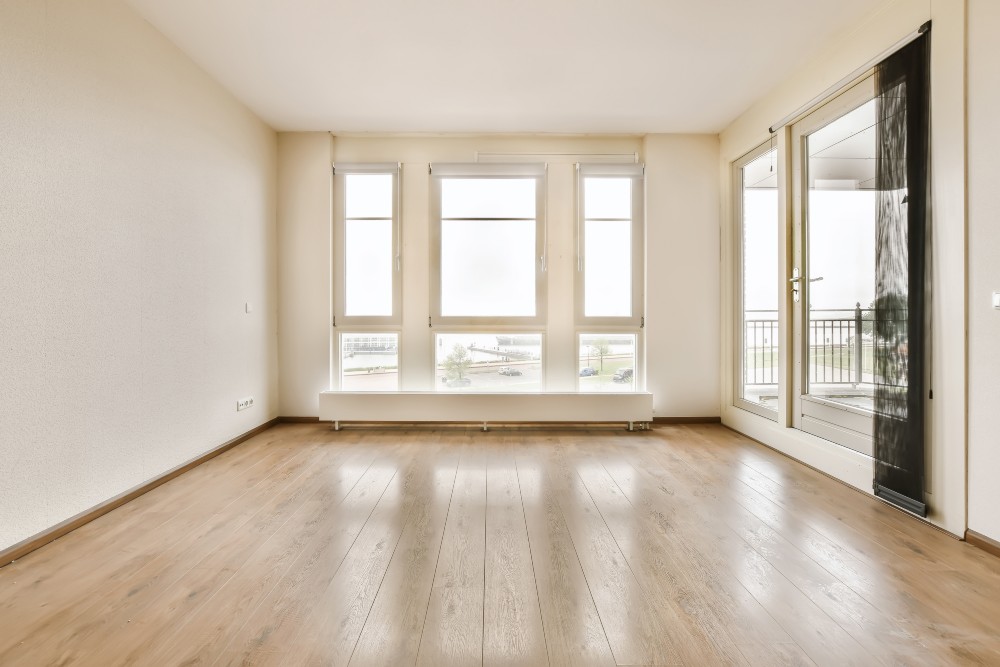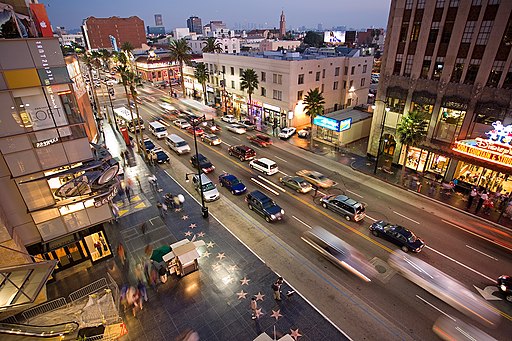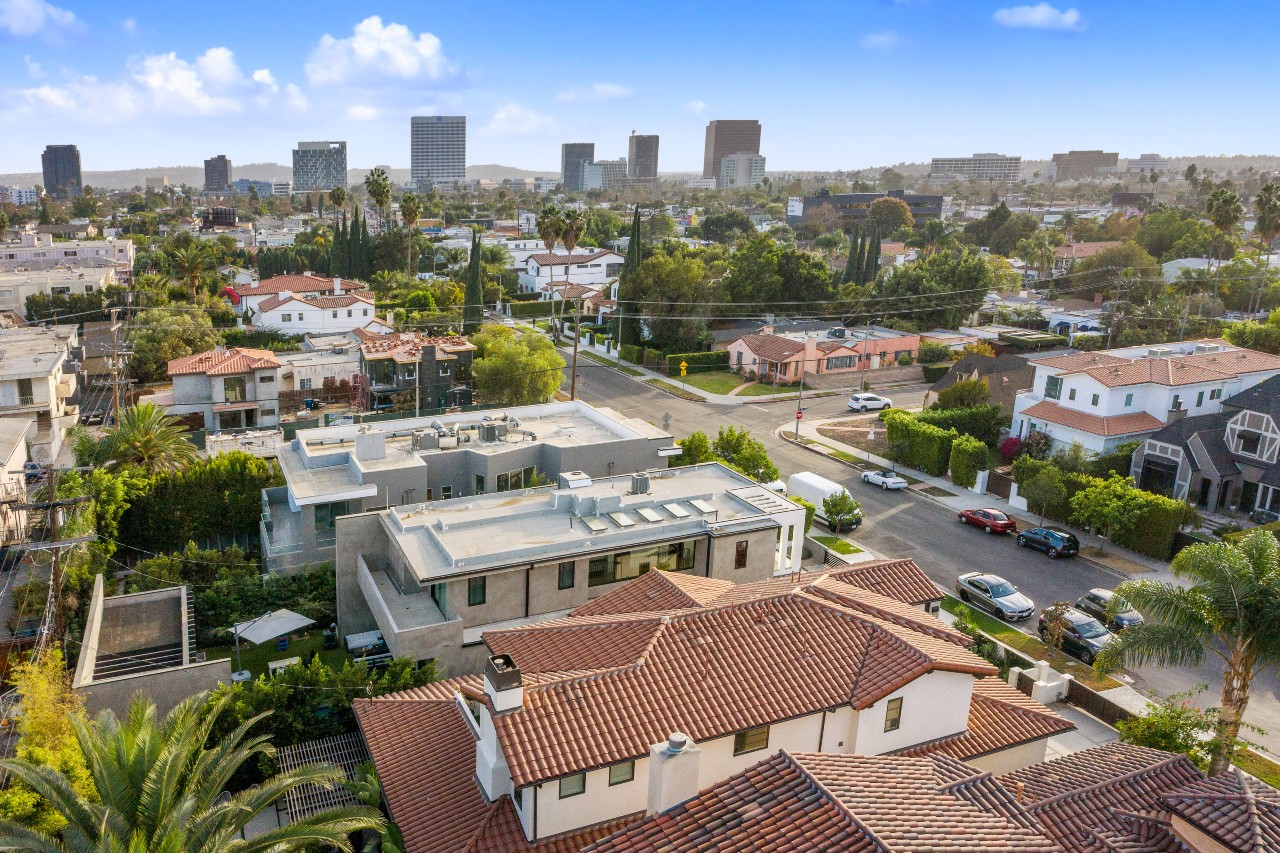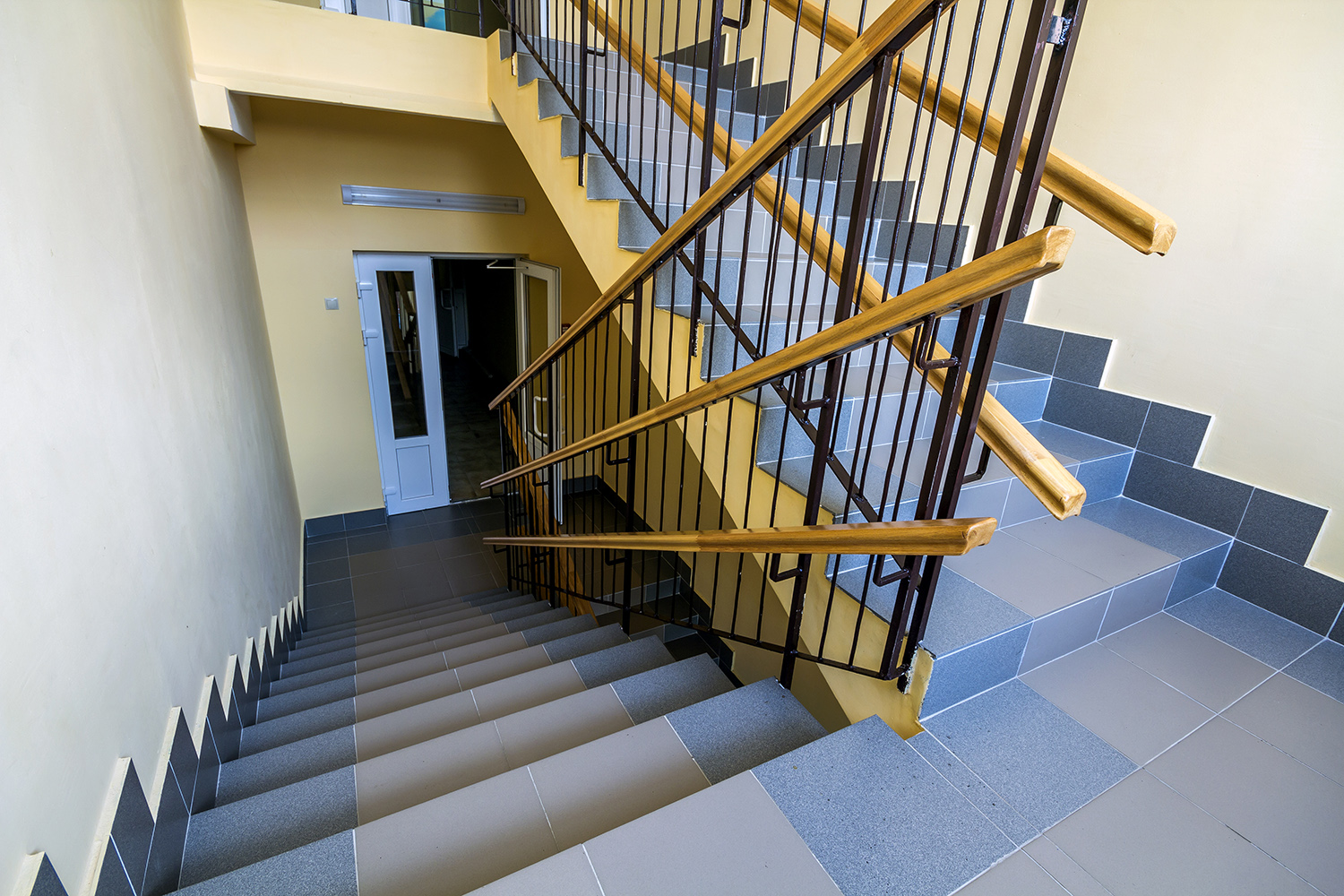It’s been a tough few years for multifamily property investors in Los Angeles. After the COVID-19 pandemic locked up rent increases for years, the gates finally came up at the beginning of 2024. But it was the definition of pulling blood from a stone. A crippled entertainment industry and floundering tech companies left many Angeleno renters effectively priced out from rental units. And as they fled for more affordable pastures, investors were left with a growing number of vacancies. Now, a hiccup in the trajectory is bringing hope to those who put their money into multifamily property investments.
An Unforgiving Time for Renters and Multifamily Property Owners Alike

It was a rough start to the year no matter what side of the rental fence you fall on. LA finally lifted its COVID-era moratorium on rent increases. But the city continued to steadily hemorrhage renters. The sobering news was enough to firmly plant the cork back into any champagne bottles that multifamily property investors popped in celebration. January wasn’t the beginning. But it also wasn’t close to the end of these increasing vacancies.
Throughout the entire first half of 2024, this critical trend continued. With 5,000 units added to the market, the year-to-date demand of 2,000 units wasn’t even close enough to strike a comfortable balance. On the one side stood prospective renters desperate for apartments but effectively priced out of LA’s inventory. On the other stood property owners with a surplus of apartments that a struggling economy couldn’t hope to fill.
The Summer’s Shift
But this summer, something changed. Rather than continue an upward trajectory of vacancies, the market locked into a vacancy rate of around 5.4% and has maintained it since the end of June. Obviously, this isn’t a reason to celebrate in itself. A vacancy rate of 5.4% is still high. But these statistics indicate that relief may be on the horizon for multifamily property owners with a wealth of vacancies.

According to CoStar, the most promising areas for rental rebound based on year-to-date growth include:
- Downtown Los Angeles – 110 basis points
- Woodland Hills – 90 basis points
- Burbank – 50 basis points
By contrast, the areas where vacancy continues to be the most problematic include:
- Westlake – 130 basis points
- Tarzana – 80 basis points
- West Hollywood – 80 basis points
A Reflection of the Local Economy
However, meaningful changes in the local economy will likely need to happen before vacancy statistics do a full about-face. The current average rent for a 1-bedroom apartment in Los Angeles sits at $2,120/month. Yet, LA also has one of the loftiest unemployment rates in the country. And with the entertainment industry still struggling to rebound from the 2023 strikes, a huge portion of the city’s workforce is effectively priced out from these rental units. Until television and film productions resume in full, high vacancy rates continue to be a looming possibility.

A Waiting Game for Multifamily Property Owners
The forecast for filled vacancies is promising following this summer’s statistical leveling out. Yet, it will still be several months before anyone can confidently say multifamily property investors are out of the woods. For now, property owners can comfort themselves with the knowledge that rents are trending upward from 2023. They can also take hope. Analysts remain cautiously optimistic that this summer is an indicator of better things to come for renters and property owners alike.




